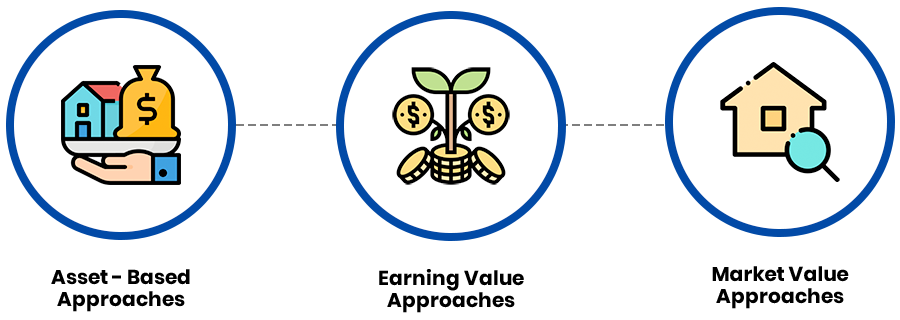
Valuation of building to be considered
Plinth area rates bases on CPWD or State PWD and adjusted by Index cost, present Value of Building
Flats : Land and building method cannot be applied on flats since Group Housing societies and DDA/ Authority Flats are affected by various factors like common passages, lifts, common places of assembly, parking. The rates are assessed by Per Square feet rate for the super area which includes Plinth area + common share of common areas such as Entrance, lifts, passages, stair hall and parking etc.
Area are Defined as
- Floor Area
- Plinth Area
- Super Area

